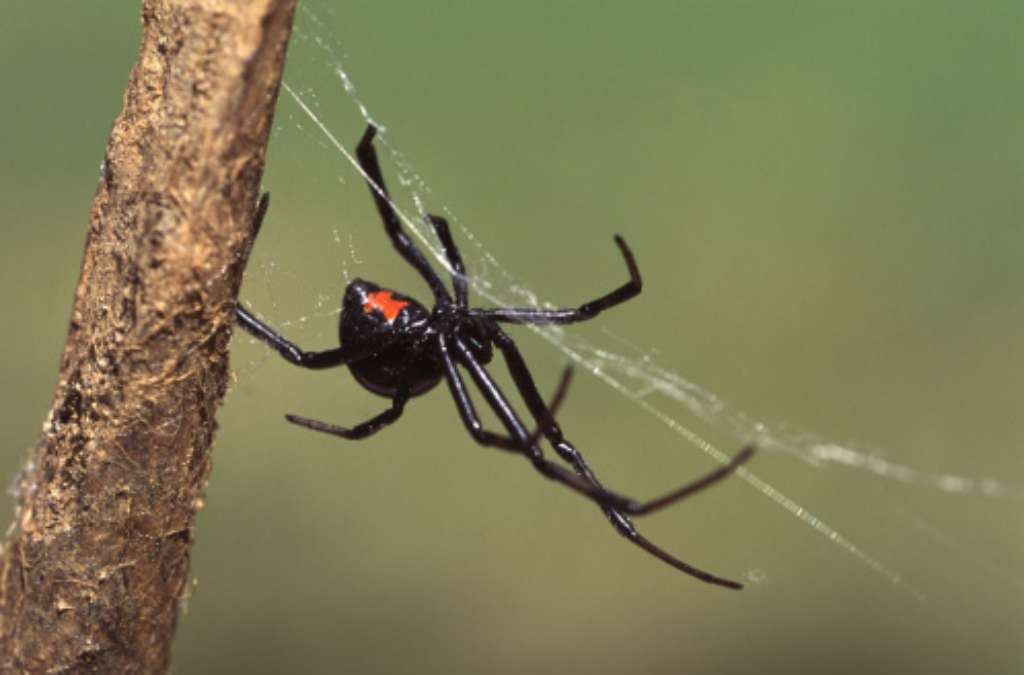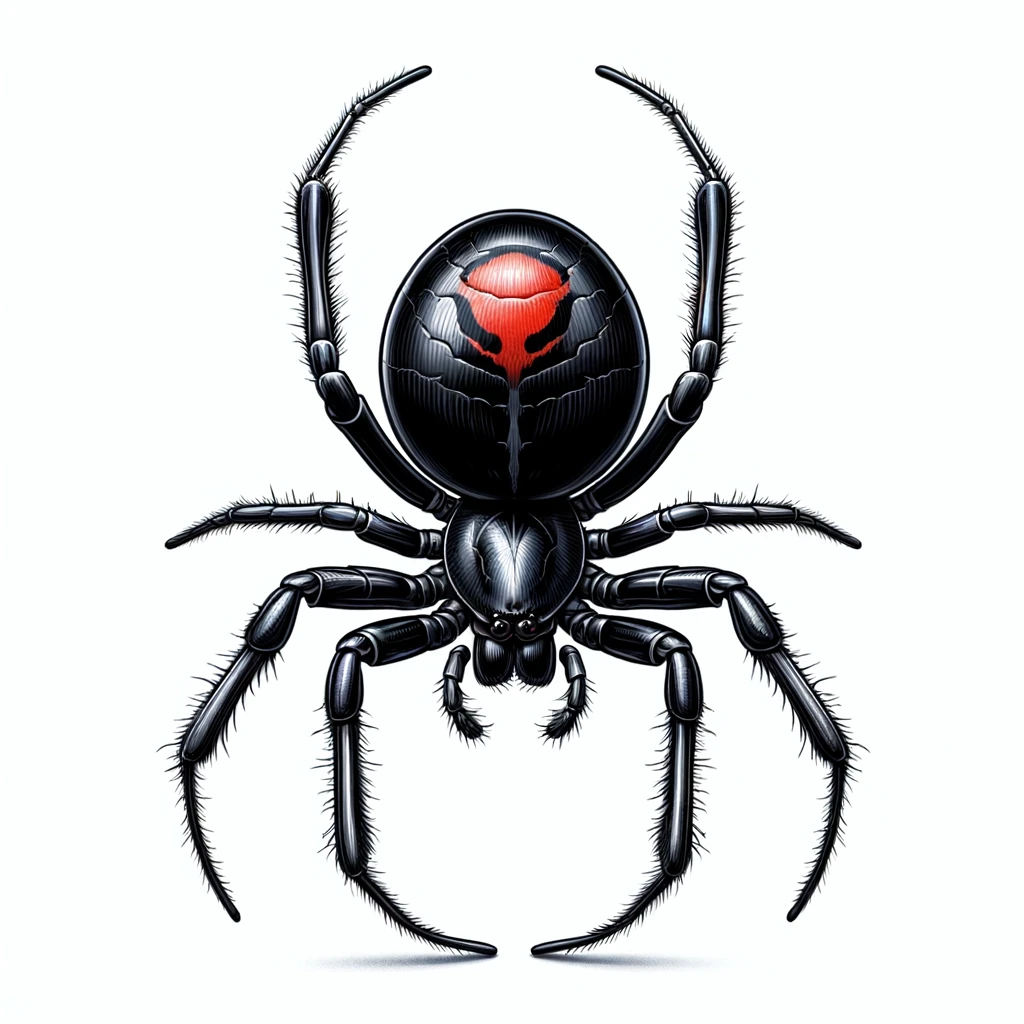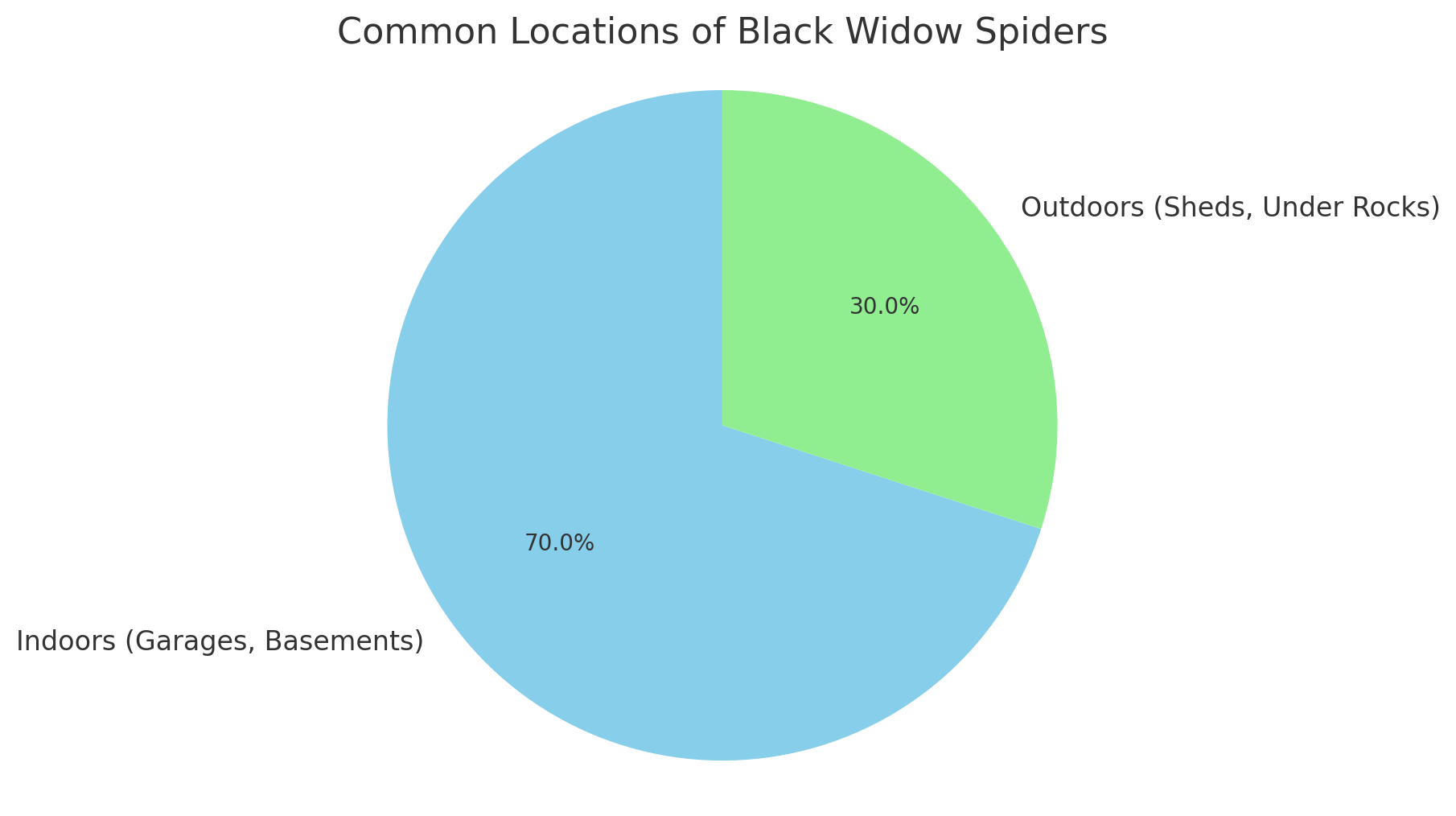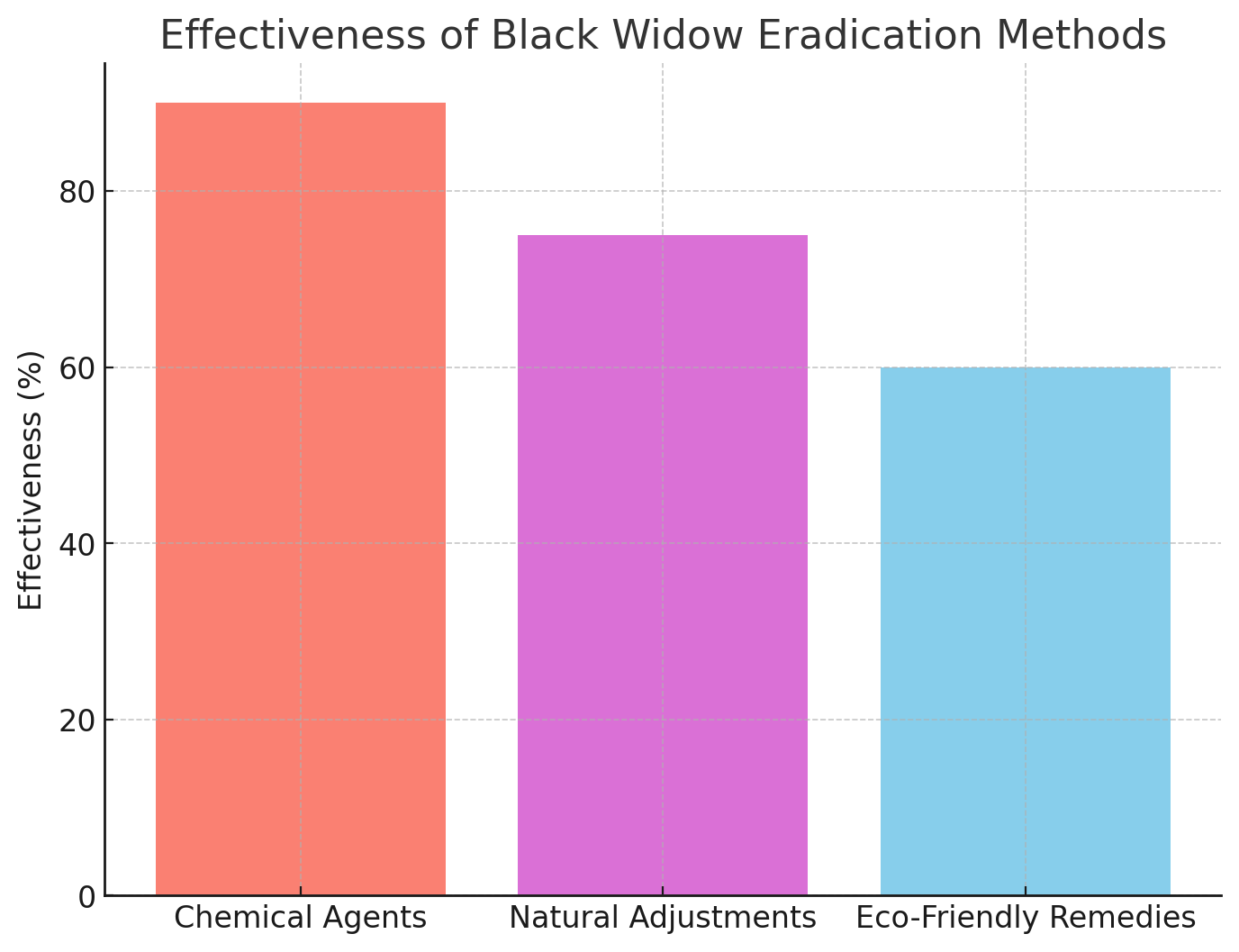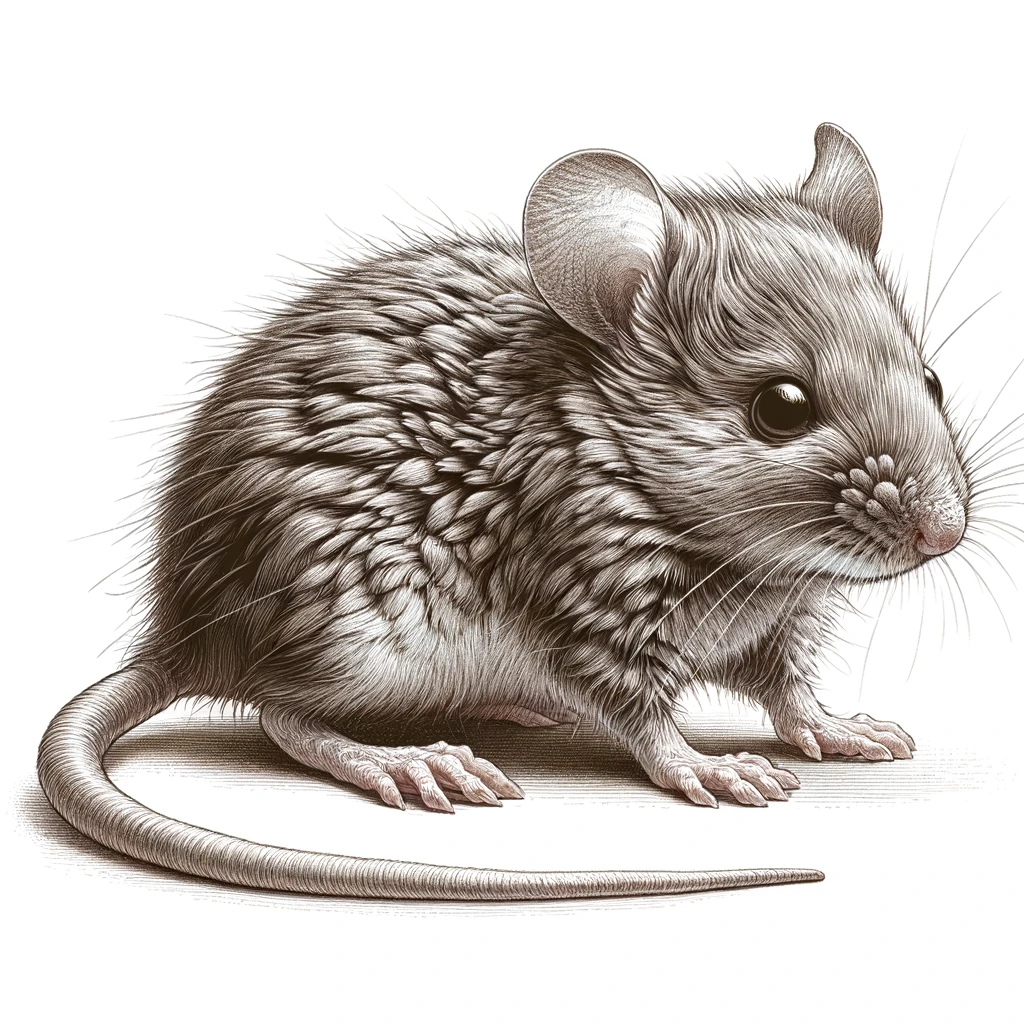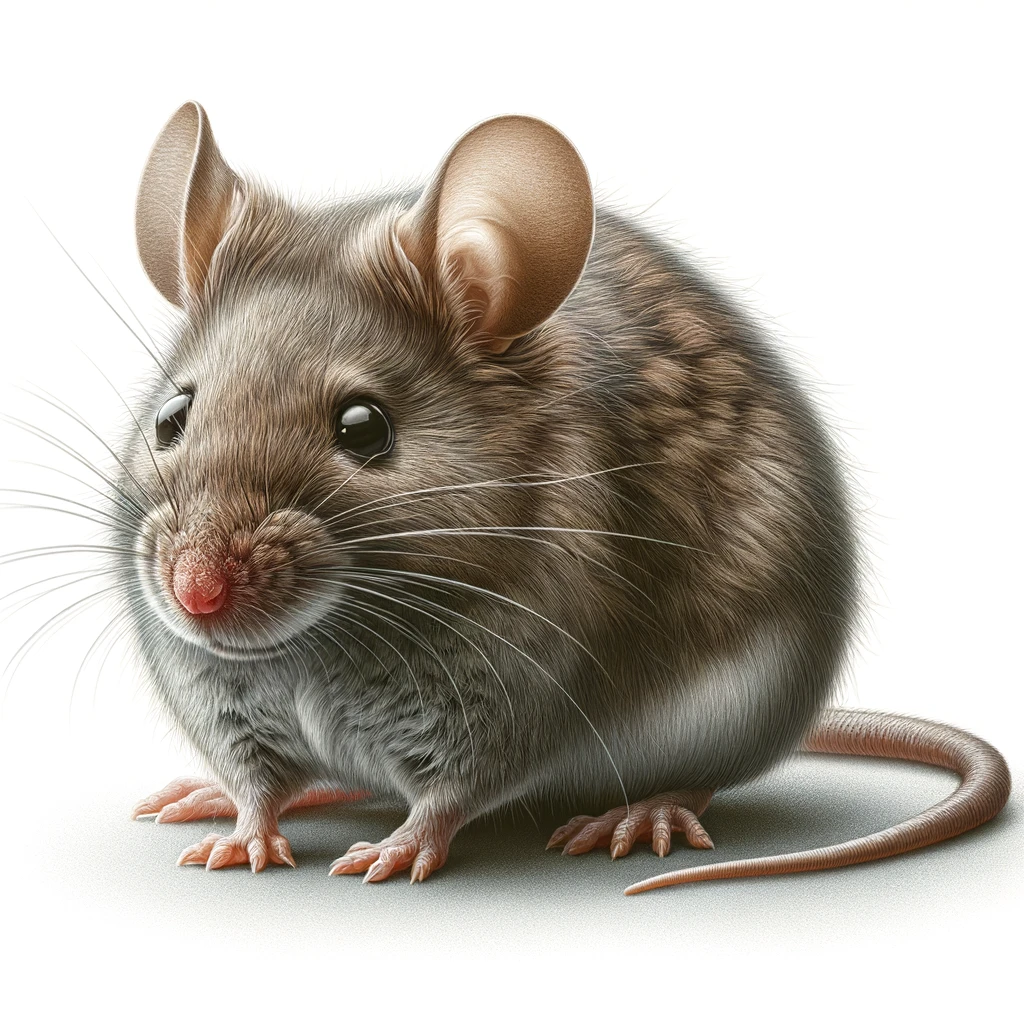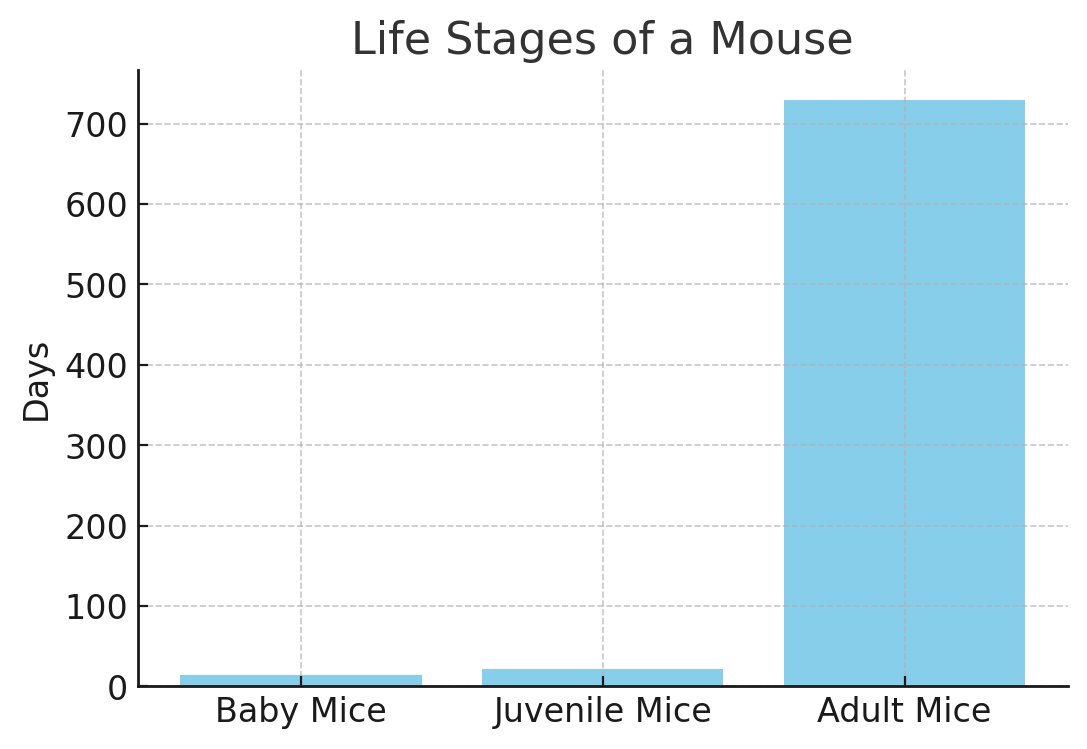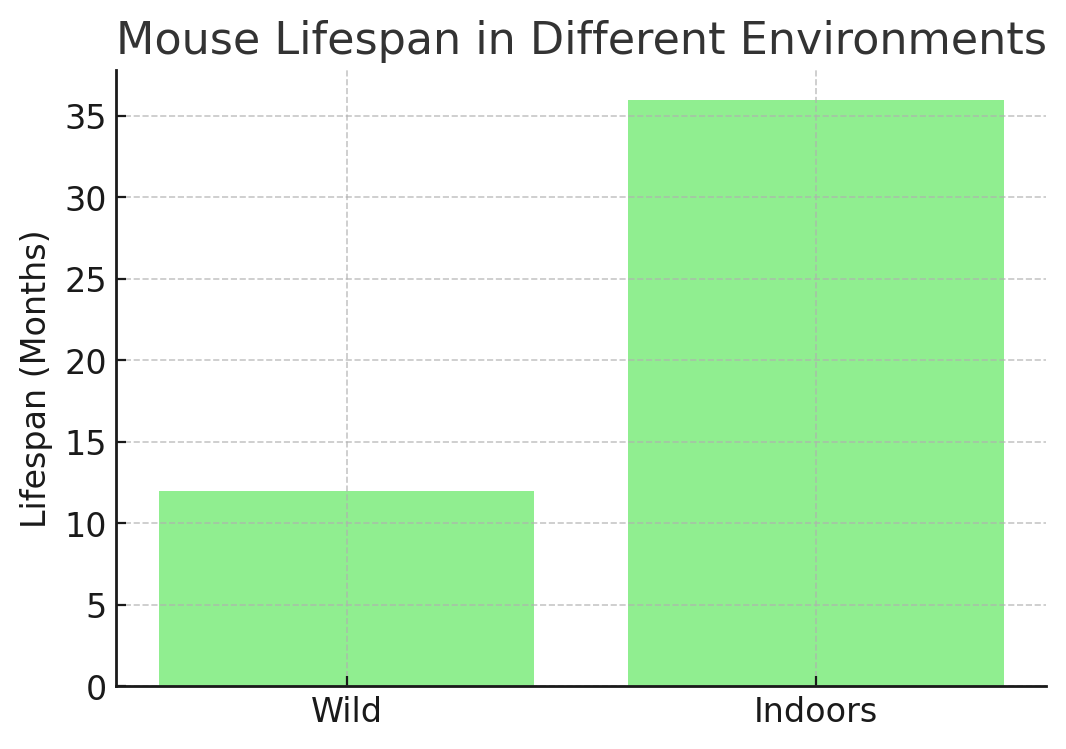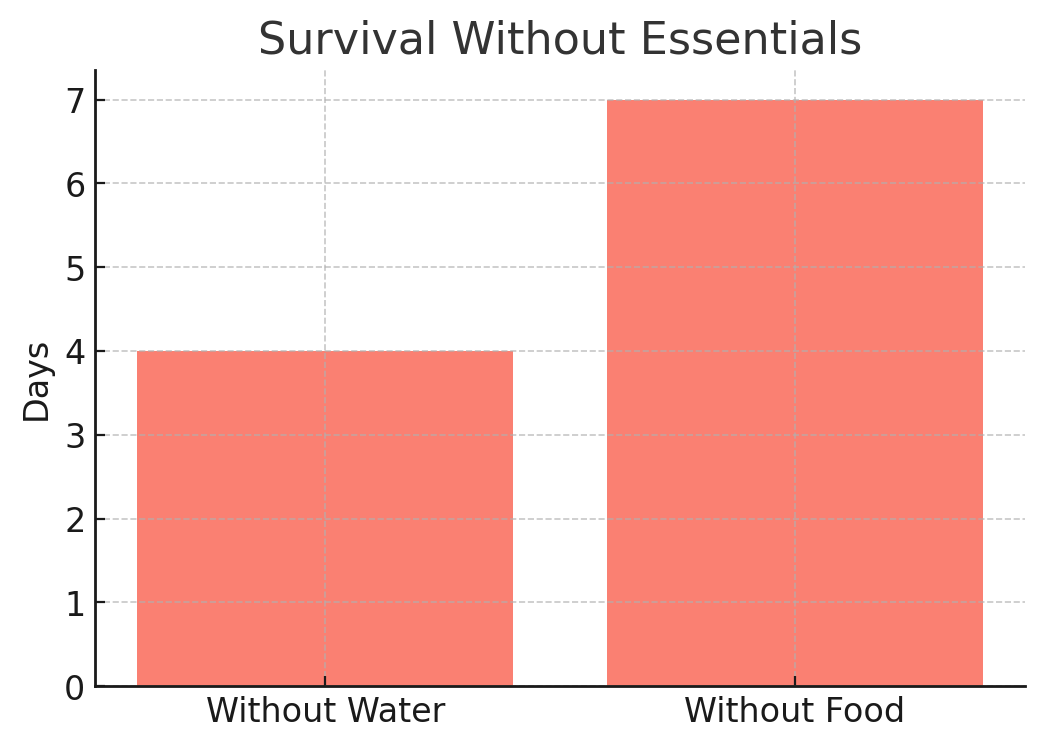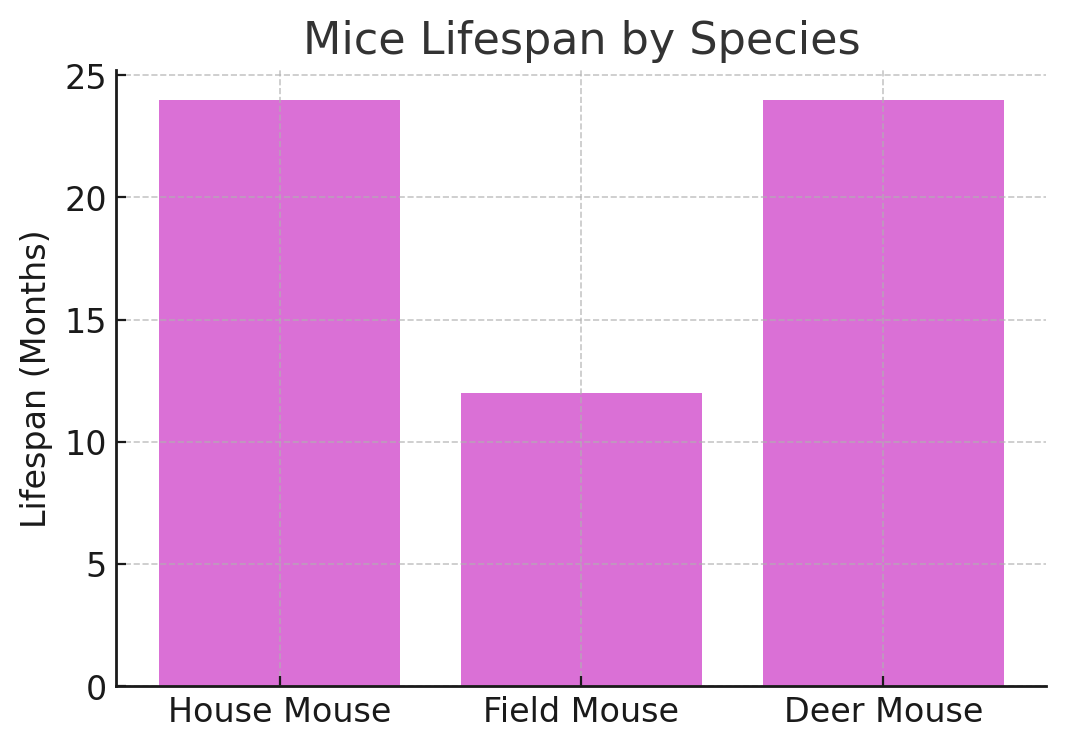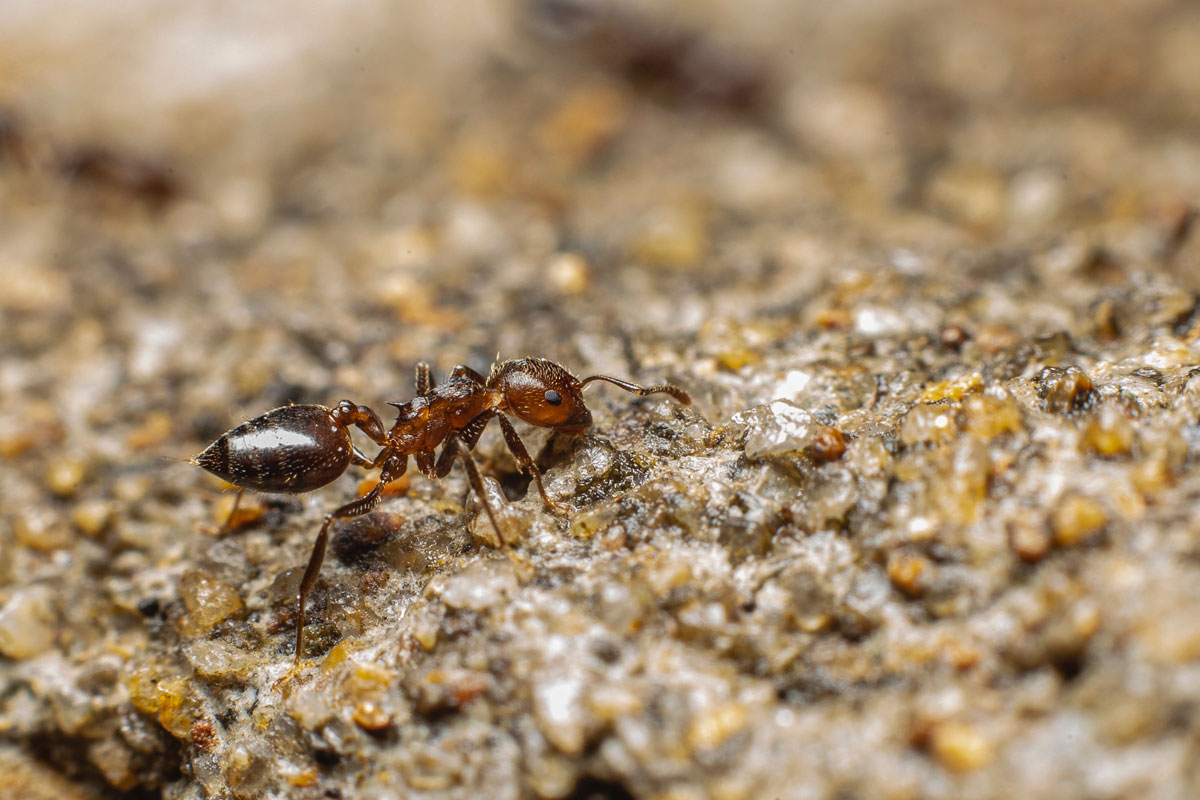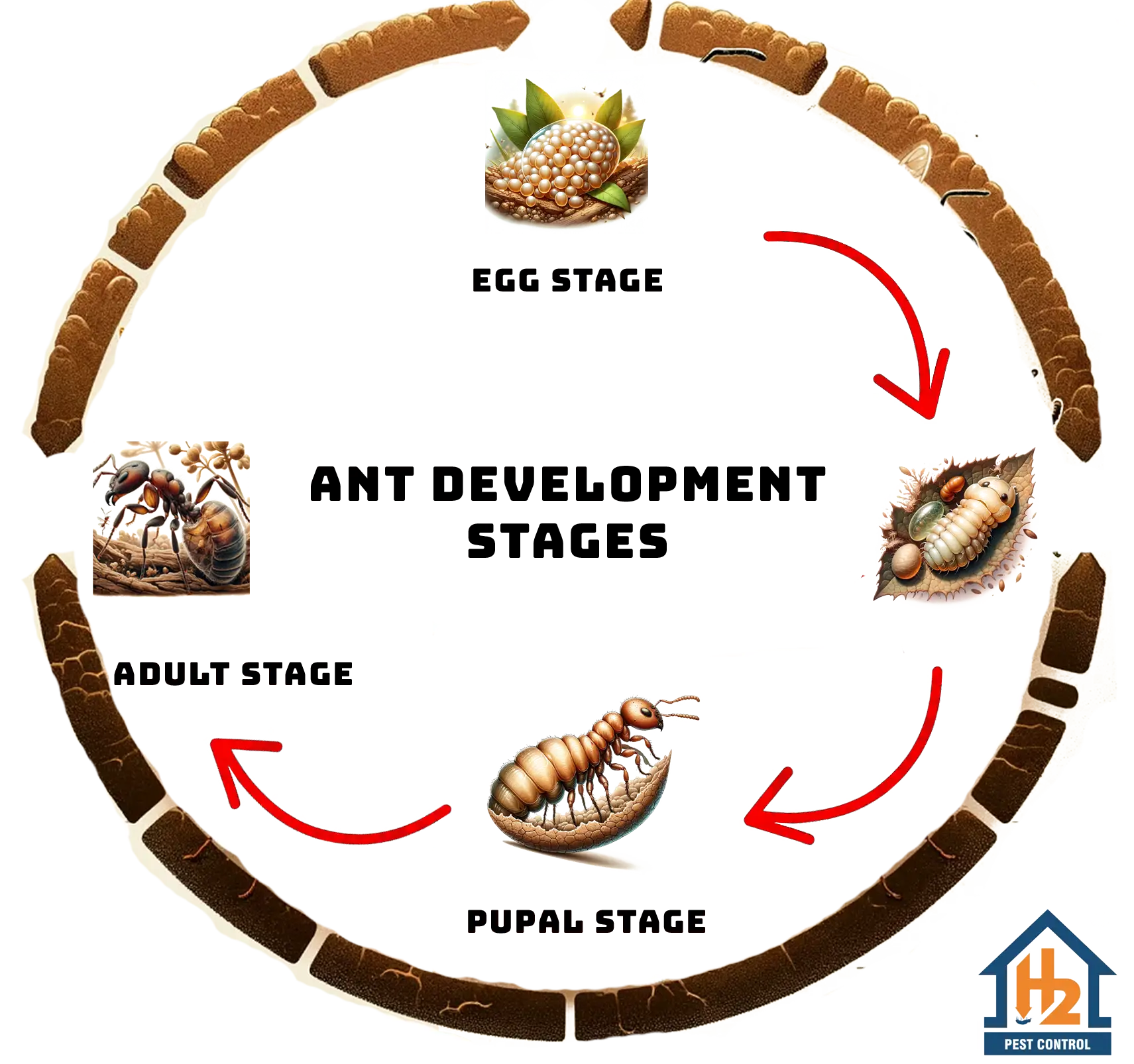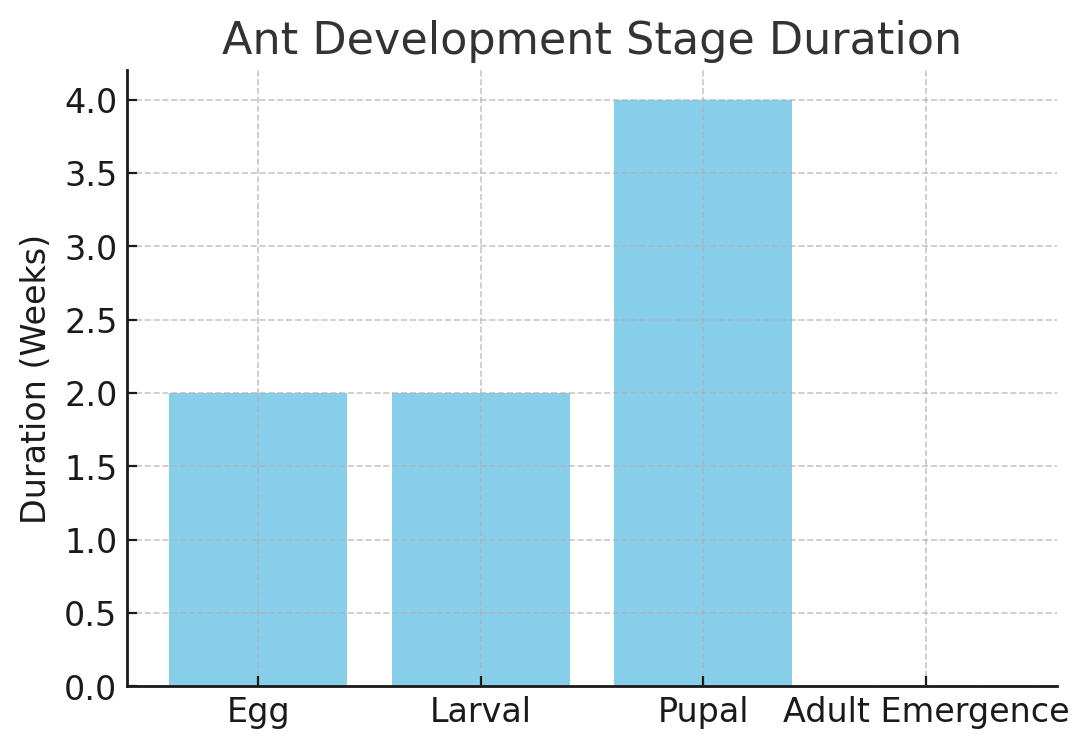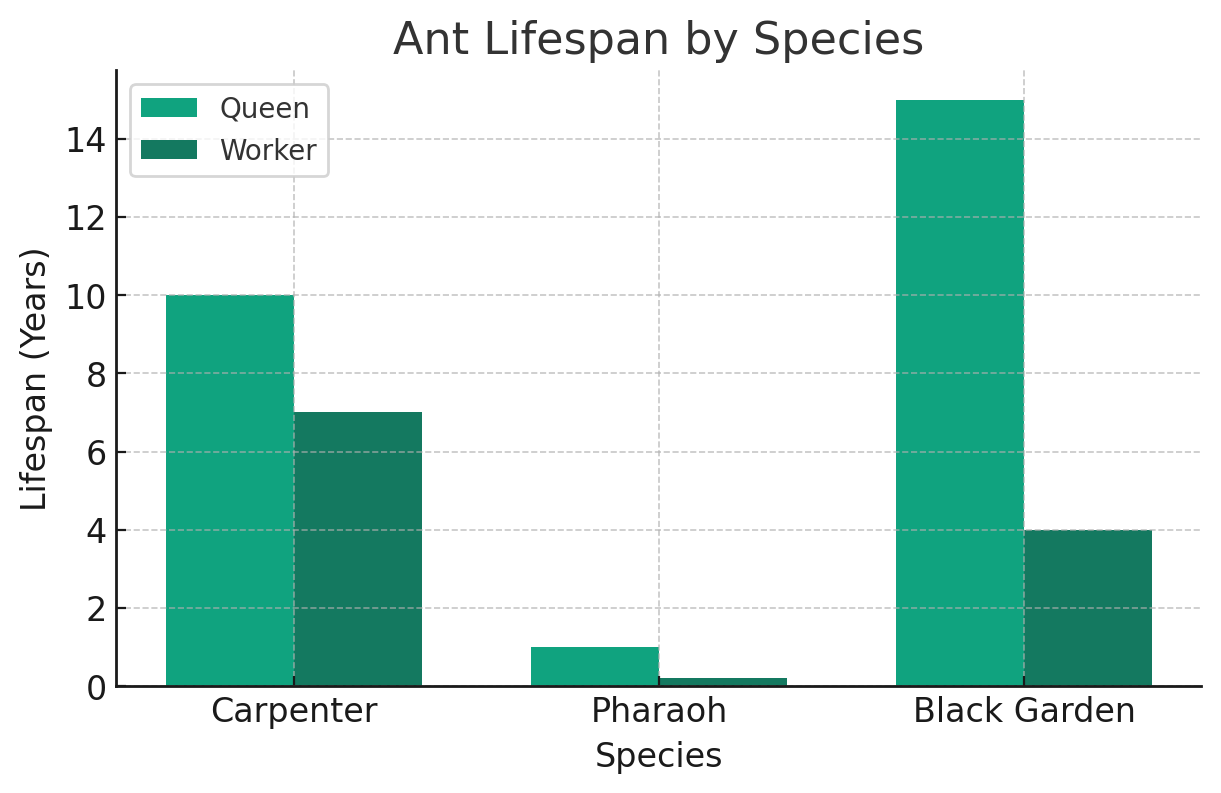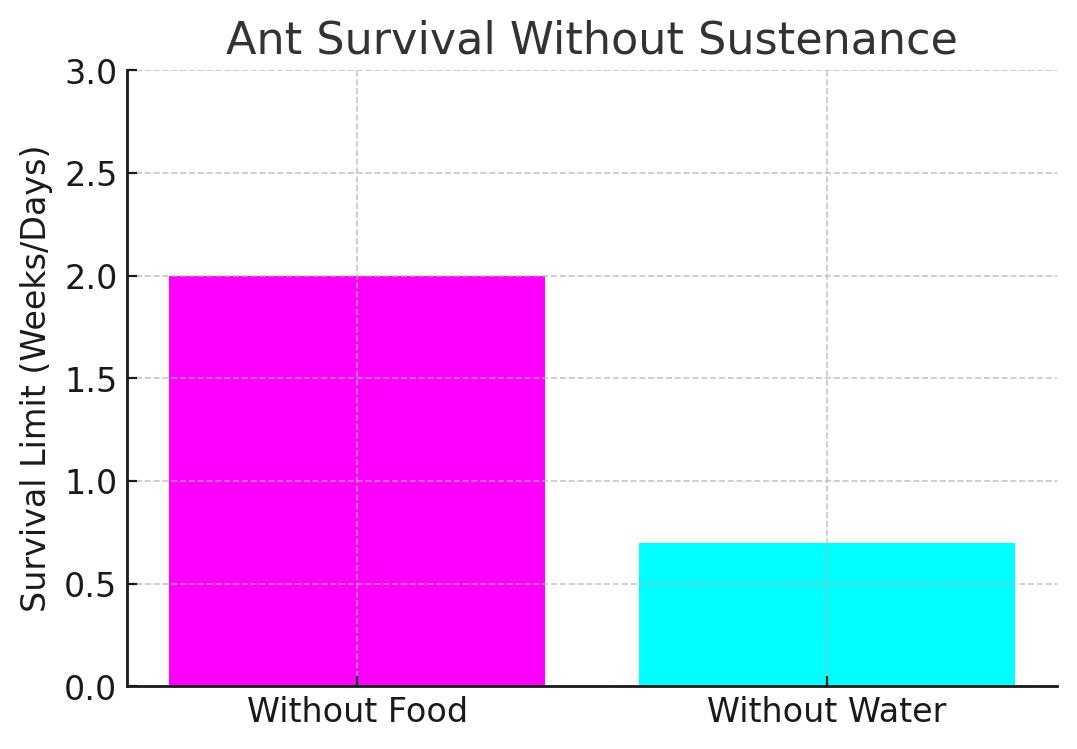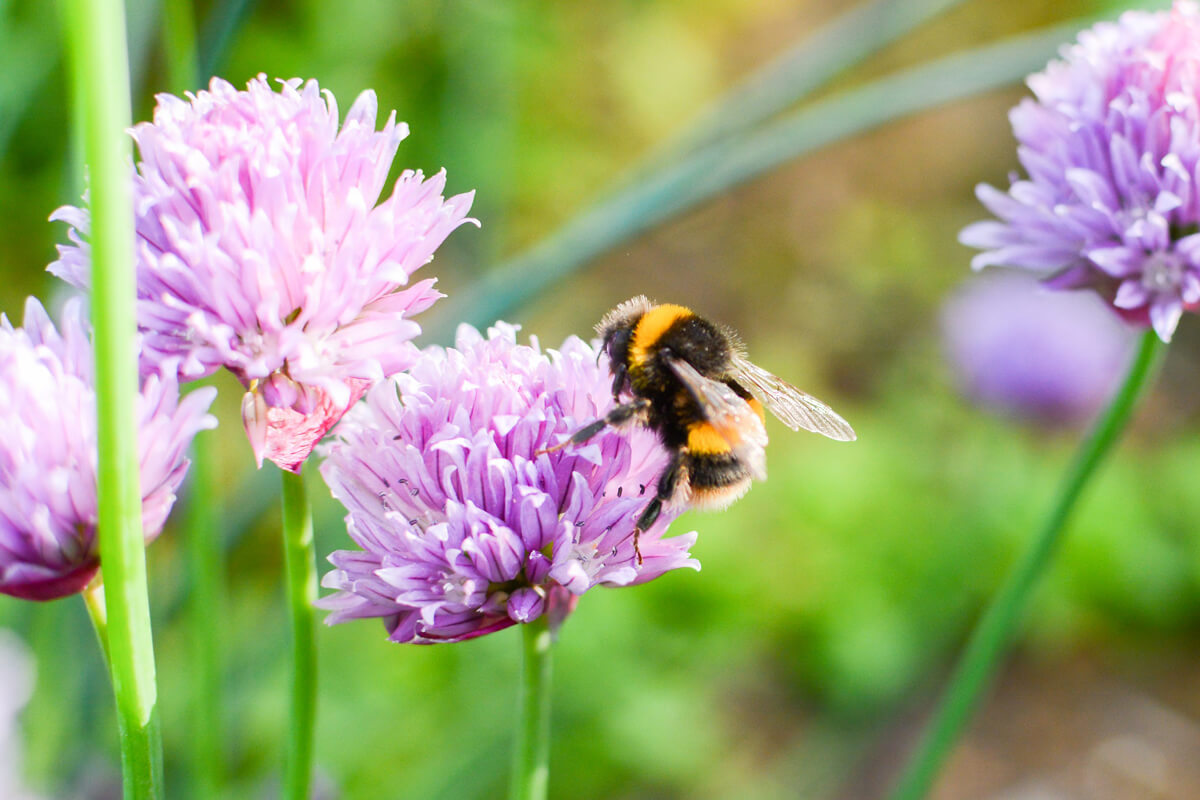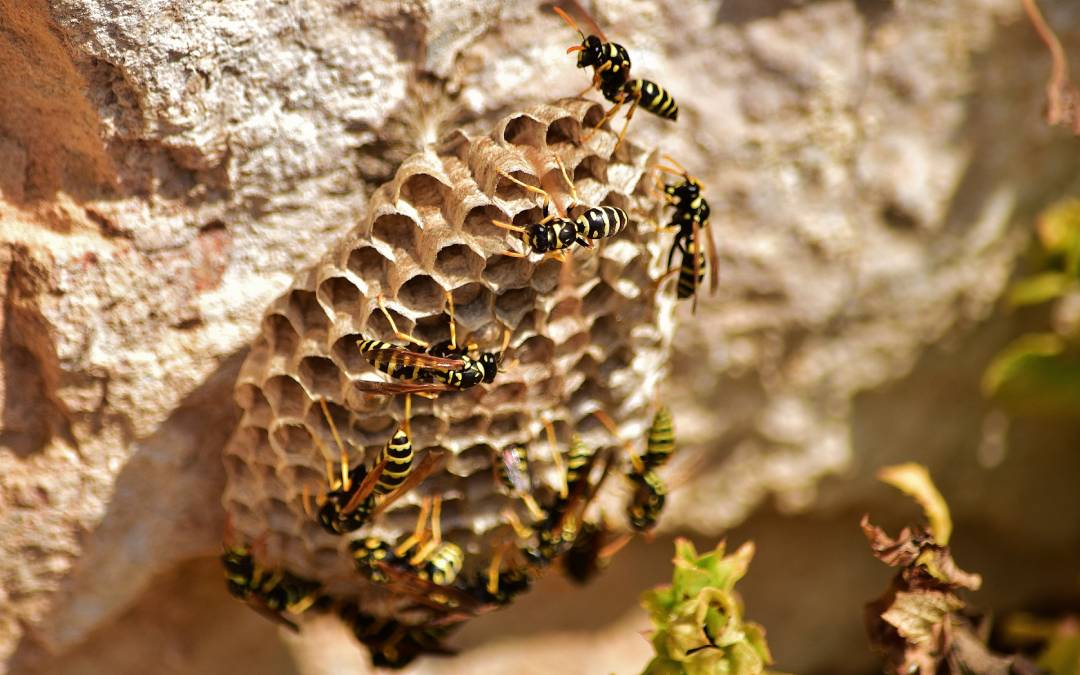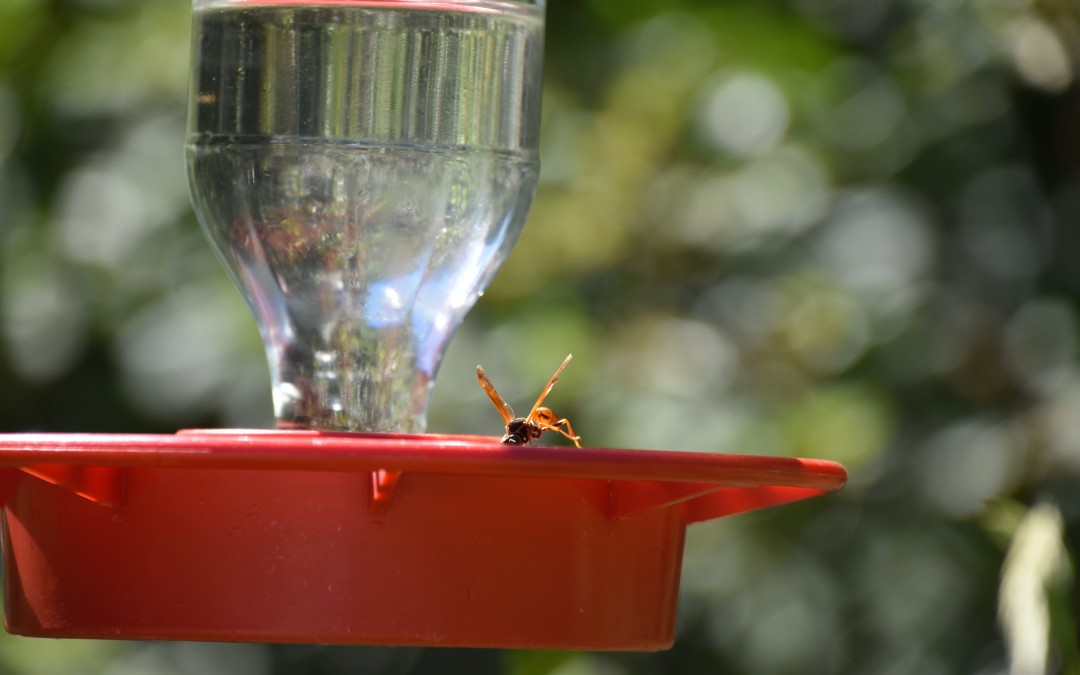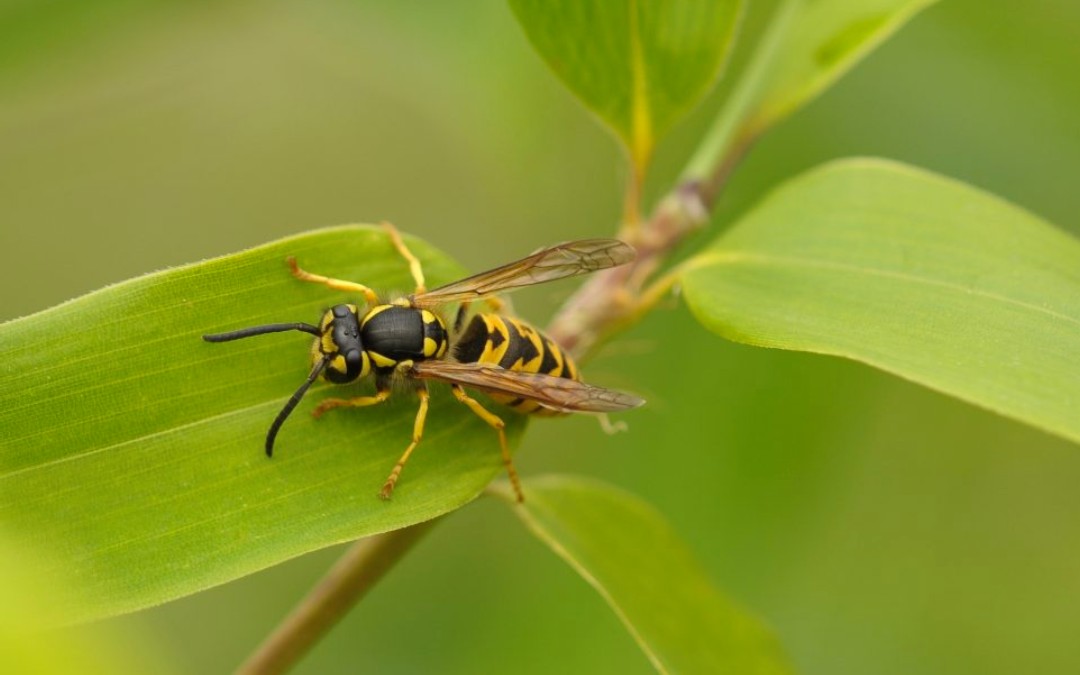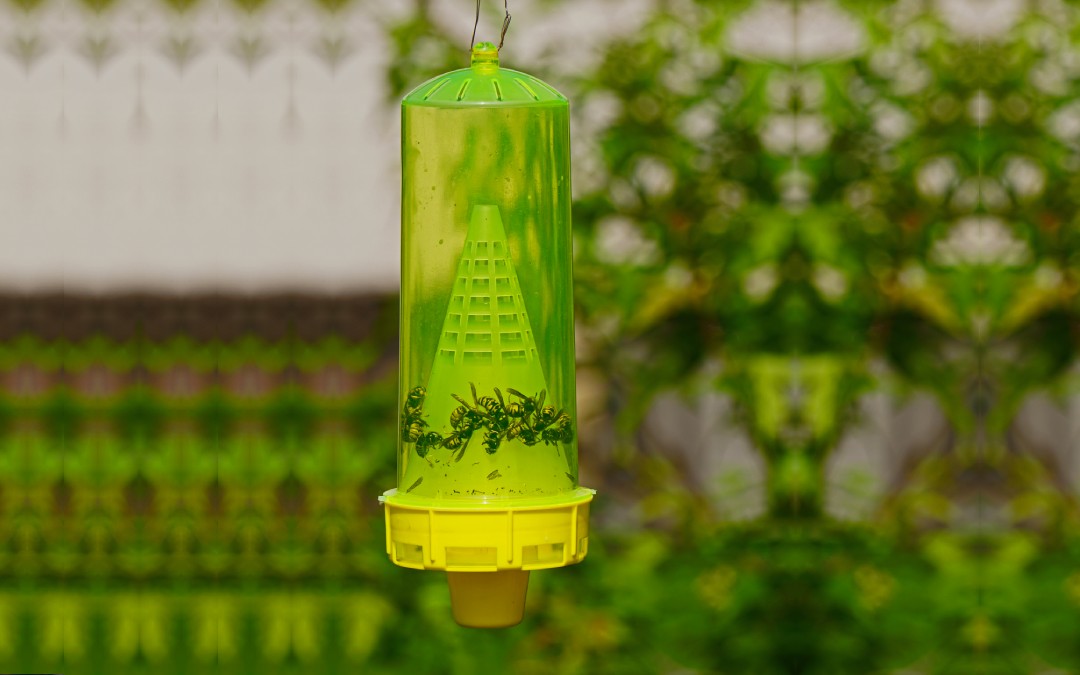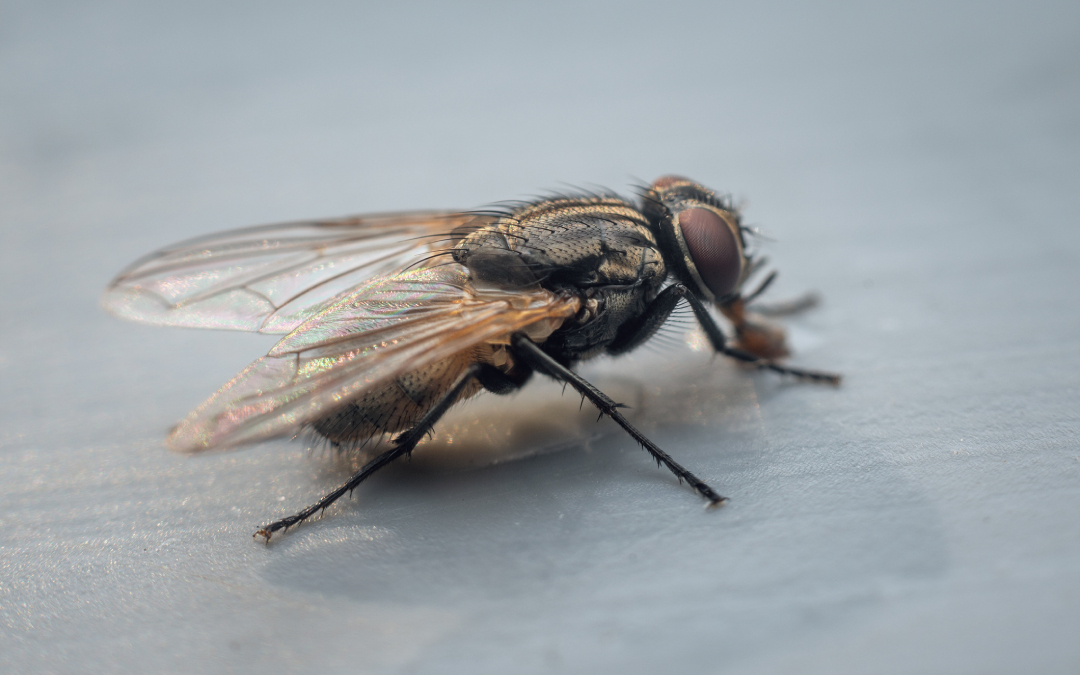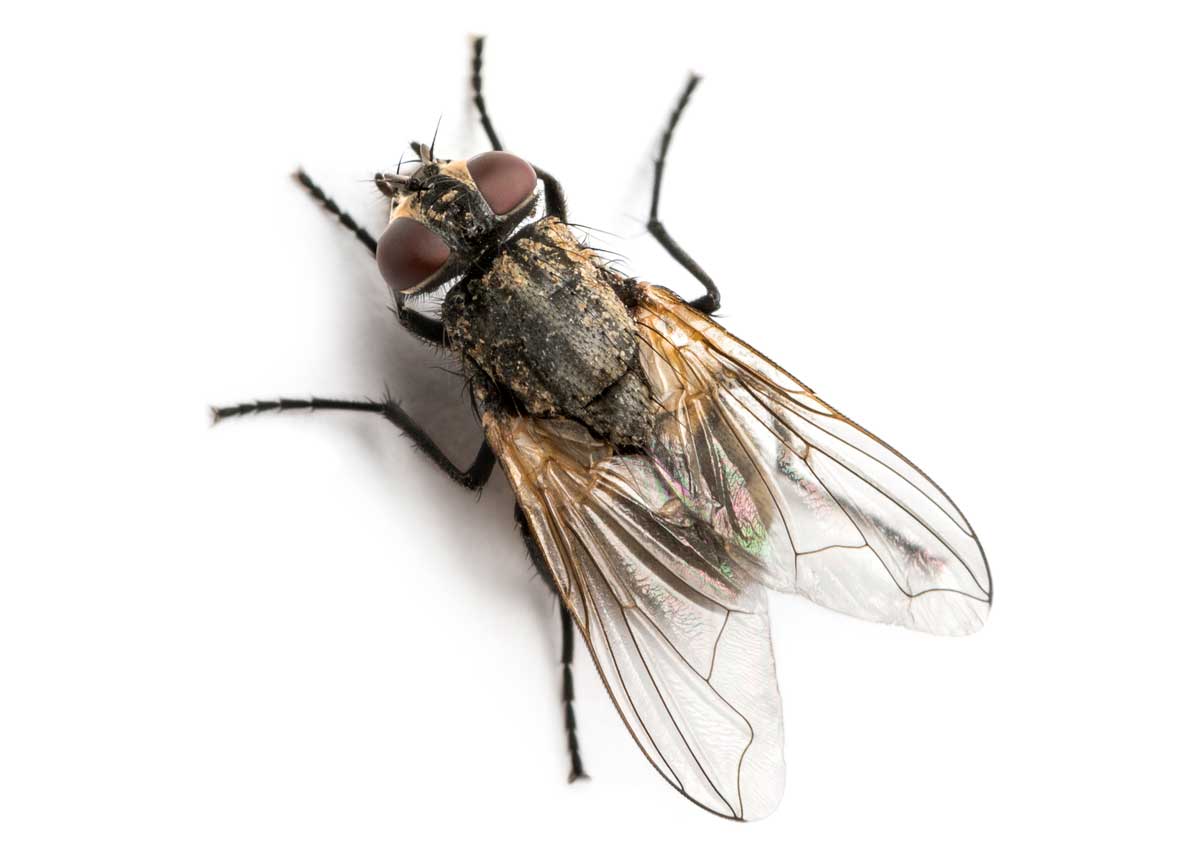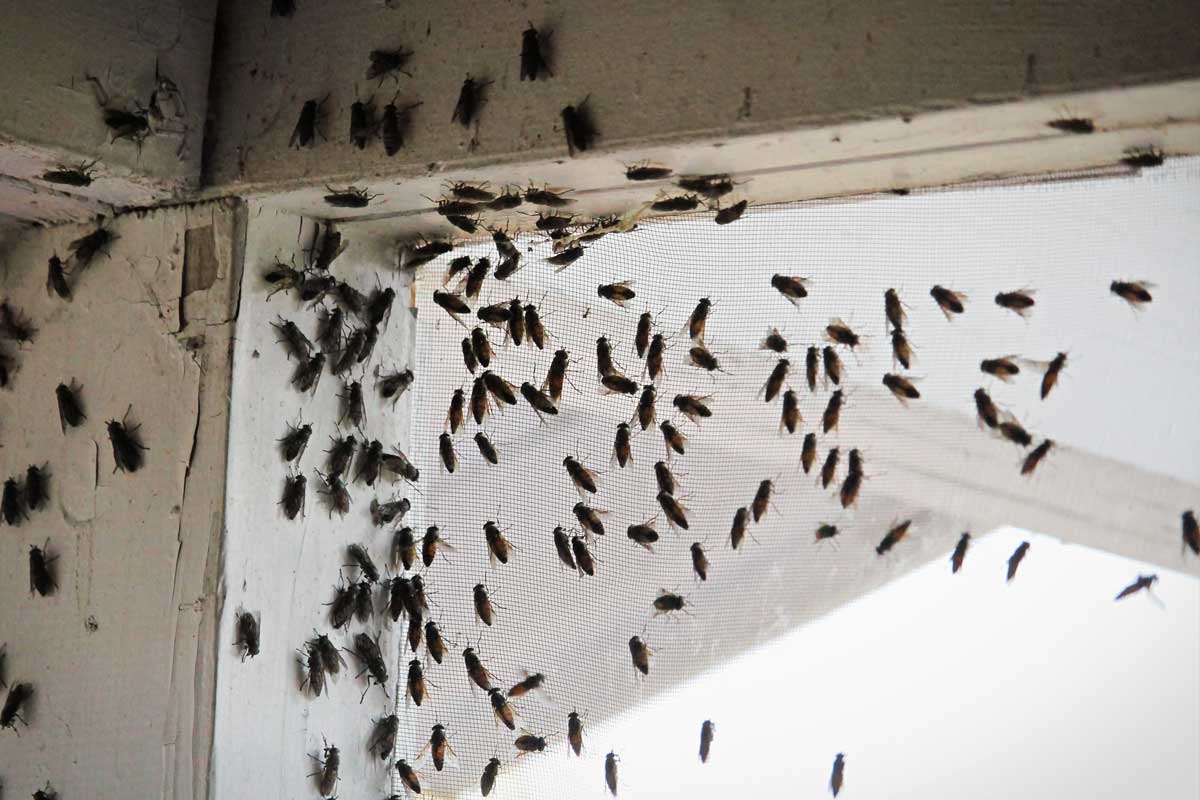Can Mice Climb Walls? Don’t Let Them Invade Your Home!
hellogrow
on
September 26, 2024
Can Mice Climb Walls?
Mice are notorious for finding their way into homes, often climbing walls to reach food or nesting sites.
This blog post aims to provide a clear answer to whether mice can climb walls and offer practical advice to prevent them from doing so.
The Short Answer: Yes, Mice Can Climb Walls
Yes, mice are capable of climbing walls. Their physical characteristics and natural instincts make them skilled climbers.
Whether it’s rough brick or textured plaster, mice can use their sharp claws, adhesive pads, and agile bodies to scale vertical surfaces.
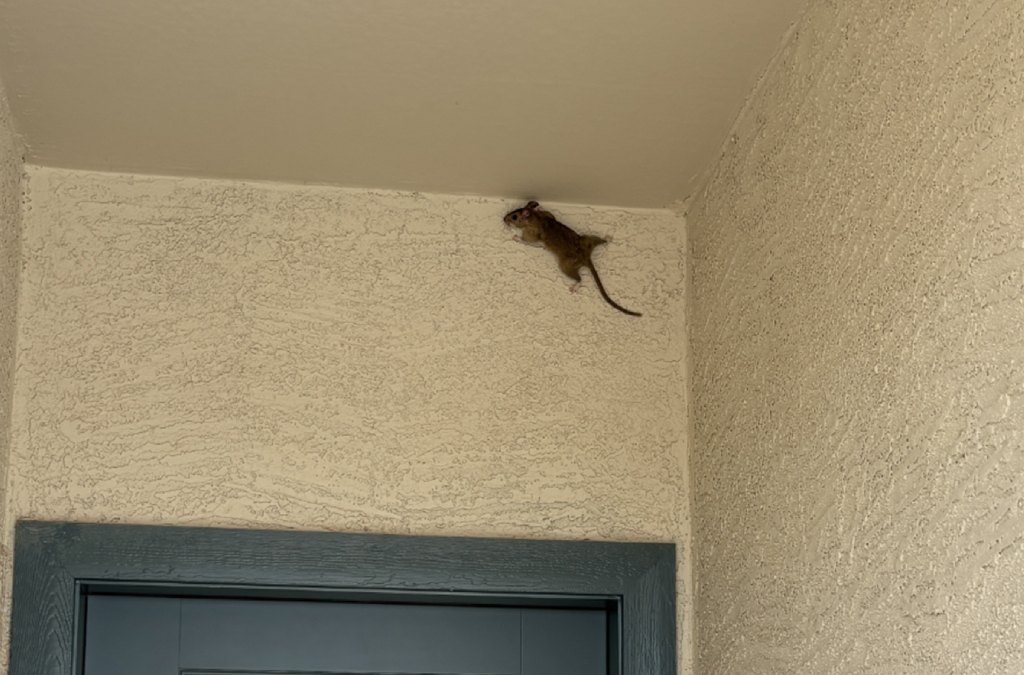
How Can Mice Climb?
Several unique traits enable mice to climb so effectively:
- Claws: Mice have sharp, curved claws that act like tiny grappling hooks, allowing them to grip rough surfaces like bricks, wood, and even some fabrics. These claws are instrumental in digging into tiny cracks or edges on vertical surfaces.
- Pads: Mice have sticky pads on the bottoms of their feet, which give them the ability to cling to smooth surfaces more easily. These pads help them maintain contact and improve friction, even on slightly slicker walls.
- Tail: The mouse’s long tail serves as a counterbalance, aiding its agility and balance when navigating narrow ledges or uneven terrain. The tail helps them stabilize while climbing and prevents them from falling backward.
- Friction: Mice rely on the concept of friction to help them stick to surfaces. The more textured the surface, the more friction mice can generate, making it easier to climb. This is why you’ll often see them on brick walls or stucco.
Factors Affecting Climbing Ability
Several factors can impact how well a mouse can climb a wall:
- Surface Texture: Mice can easily climb rough surfaces like brick, stucco, or wood because their claws can grip onto these materials. However, smoother surfaces like glass or metal are much more challenging for them.
- Mouse Species: Not all mice are equal climbers. House mice are especially skilled at climbing compared to some other species, like field mice, which are more adapted to burrowing.
- Mouse Age and Health: Young, healthy mice are far more agile climbers than older or unwell ones. As they age or if they are sick, their agility and strength diminish, which can affect their climbing ability.

Preventing Mice from Climbing Walls
Now that we know mice can scale walls, here are some practical steps to deter them:
- Seal Entry Points: Inspect your home for cracks or small holes that mice could use to enter. Seal these entry points with caulk, steel wool, or metal mesh to block their access.
- Use Deterrents: Natural repellents like peppermint oil or commercial mouse deterrents can help keep mice away. These products create smells or barriers that discourage climbing and movement in general.
- Regular Cleaning: Mice are always on the hunt for food and water. Keeping your kitchen, pantry, and home clean by storing food in sealed containers and removing any crumbs or spills makes your home less appealing to these critters.
- Mice Pest Control – Mice pest control is essential for preventing infestations by eliminating existing mice and addressing the conditions that attract them. Effective pest control not only removes current infestations but also helps prevent future problems, reducing the risk of property damage, contamination, and health hazards associated with mice.
FAQs About Mice Climbing Walls
For questions to common mice problems in Utah, contact H2 Pest Control or see the following links as resources:
"My family has been an H2 customer for about 6 months. We built a home in Saratoga Springs, in an area that has a lot of insects and spiders. After seeing a few spiders in the house, we decided to use their services. They were prompt to respond, and very professional. I have not seen any spiders in our house since that time. We have called them for a few other issues (mice and may flies) and they always come right out and help. The staff are very friendly, very helpful and very professional. They never seem bothered by us calling and always ask us to call if something else is needed. They seem to value their customers very much, and they strive to provide a great product. I would highly recommend them based on my experiences."
-Brett H.
“These guys are seriously the best! We’ve worked with them since 2017 in our townhome in Eagle Mountain to now when we moved to Sandy! They just came to treat our new home and I feel so much better knowing we’re covered again!
We never saw any bugs at the last place, and two days after we told them we were worried about mice at the townhome, they were there taking care of it.
Amazing customer service and always very thorough!”
-Sierra M.




